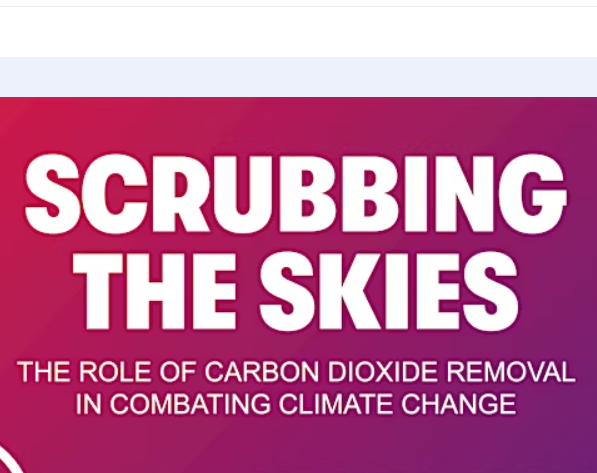Dover and RV College of Engineering Partner to Launch State-of-the-Art Laboratory in Hydrogen R&D
(The Print/ANI PR/NewsVoir) Bengaluru (Karnataka) [India], July 2: In a significant step towards advancing Hydrogen Research and Clean Energy Innovation, Dover India (Part of Dover Corporation), and RV College of Engineering (RVCE), Mysuru Road, Bengaluru, have announced a strategic partnership to






.jpg)




